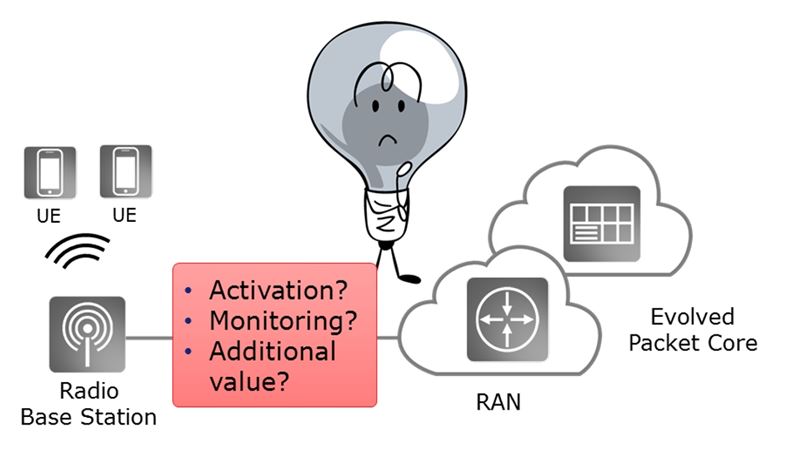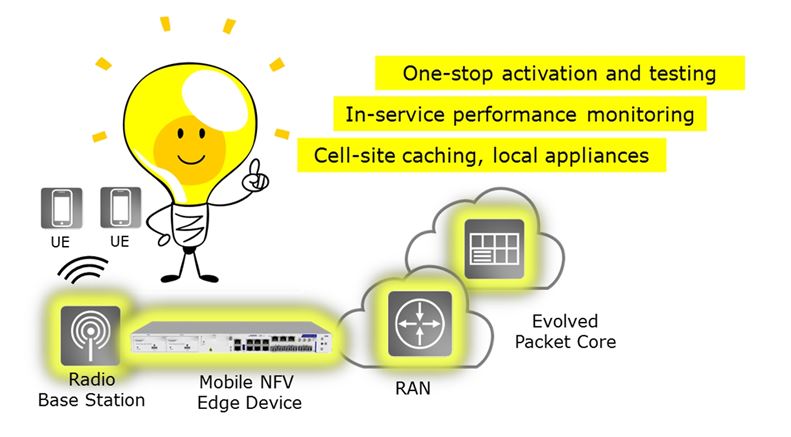In an ideal world, installing a new radio base station (RBS) is simple. You power it up, connect it through a backhaul network to the mobile core, and you’re done. You’ve increased both the coverage and capacity of your mobile network.
But in the real world things tend to go a little differently. When you install the RBS, you discover there’s no backhaul connectivity provisioned yet. Another site visit and several days later, and you’ve hopefully managed to connect your base station to the mobile core. It’s at that point that you find out that, for some unknown reason, they won’t talk to each other. Okay, your team will get this sorted on their next site visit. This finally gets it operational but, over the next few days, you discover performance is not as expected. This is a tricky one and it takes some time before the field services team eventually recognizes that there’s an issue with network synchronization.
And I’m sure you’ll hear stories from field service guys with even more complications, additional levels of problems and all the related cost. Think about the waste and frustration it creates.
To make matters worse, while it’s all happening you’ve got the management team demanding status updates on when the site will be online and generating revenue.
So, you invite your team for a workshop to analyze the problem. You might find a business case for investment in sophisticated test and measurement equipment. This will help your services teams to analyze any aspect of your radio base station prior to connecting it to the mobile core network. You will however also need some equipment to analyze the performance of the connectivity network, including its sync performance. So after this. Great! Problem solved …
… partially solved. Your expensive measurement equipment is only useful during activation and doesn’t provide in-service monitoring. Hence, there’s potential for additional cost savings as field services engagement can be minimized by having tools in place that continuously analyze the performance of your network.

So is investment in expensive single-purpose test equipment really the best answer? Here comes a different suggestion.
An RBS connects to a network through a network interface device at the edge of the RAN. This is frequently a simple network element with basic functionality. But this simplicity actually creates complexity in the provisioning process as problems and failures are not identified at an early phase of radio base station (RBS) provisioning, but in a sequential, time-consuming step-by-step approach.
How many site visits could be saved if such a device came with sufficient monitoring capability to identify any issue in the connectivity network? If this device could also monitor the quality of IEEE 1588 PTP and SyncE synchronization information, it might even be able to take automatic action to deal with synchronization deficiencies.
And there’s more. Wouldn’t it be great too if this connecting device could even test the radio base station prior to connecting with the mobile core? If the network interface device was able to simulate the mobile core, all testing could be done even with an isolated cell site. This allows turn-up testing of the RAN and completion of the drive testing to be done before the backhaul connection is provisioned and connected to the carrier’s mobile core. Once the backhaul is setup and the link is made to the mobile core an automated validation of the connection and services can be made with a suite of automated tests. These tests can then be scheduled to run periodically to provide valuable data for network performance management systems or they can be remotely controlled for fault isolation and troubleshooting.

If you’re interested in this then you’ll be even more intrigued to hear that such a solution already exists. Based on proven software, tested on mobile core and radio sites, a solution for provisioning and monitoring of RBSs has been created which combines the latest network functions virtualization (NFV) technology with a market-leading network interface device. This mobile NFV edge device solves a lot of cost-creating problems during the installation and operation of radio base stations. It’s based on proven service assurance technology such as Etherjack™ for connectivity monitoring and Syncjack™ for synchronization assurance. What’s more, with Spirent`s Landslide™ EDGE, one of the most comprehensive solutions for activation testing and in-service monitoring of radio access networks, it provides automated RAN performance management. This software suite runs as a virtual appliance on the NFV edge device.
After activation testing is complete, compute resources can be freed up for appliances. This improves the performance of the RAN through local caching and pre-processing of user data or software tools providing sophisticated in-service monitoring.
Click here for more information on the Spirent Landslide™ EDGE and Spirent Landslide™ CORE test solutions.
